13 Wild Animals in Vanuatu [Wildlife in Vanuatu]
Want to know more about the wildlife in Vanuatu?
Discover 13 wild animals in Vanuatu in this post, as well as interesting facts about them. 🇻🇺
Learn All About Vanuatuan Animals
Ready to learn all about Vanuatuan animals?
I’ve always been fascinated by animals, and by how they can be so different from one country to another. In this guide, we’ll focus on the many animals Vanuatu has on the land, in the sky, and underwater.
I’ve split the guide into 4 categories:
- Native animals from Vanuatu
- Endangered animals of Vanuatu
- What is Vanuatu national animal?
- How many animals native to Vanuatu?
Let’s dive in right away with our first category!
Native Animals from Vanuatu
Vanuatu is an Oceanian island country located in the eastern part of the continent, in the West Pacific Ocean. It is a volcanic archipelago, was first inhabited by Melanesian people, was founded in 1980 after an independence movement in the 1970s, and used to be a French and English colony. It is surrounded by the Pacific Ocean, has warm tropical waters, and its capital and largest city is Port Vila, which counts more than 51,000 inhabitants.
An interesting part of the country that I wanted to tackle is its wildlife. In light of that, I have listed the best of it, and I hope you will love learning what animals live in Vanuatu.
Here’s the Vanuatu animals list.
1. Central Fijian banded iguana
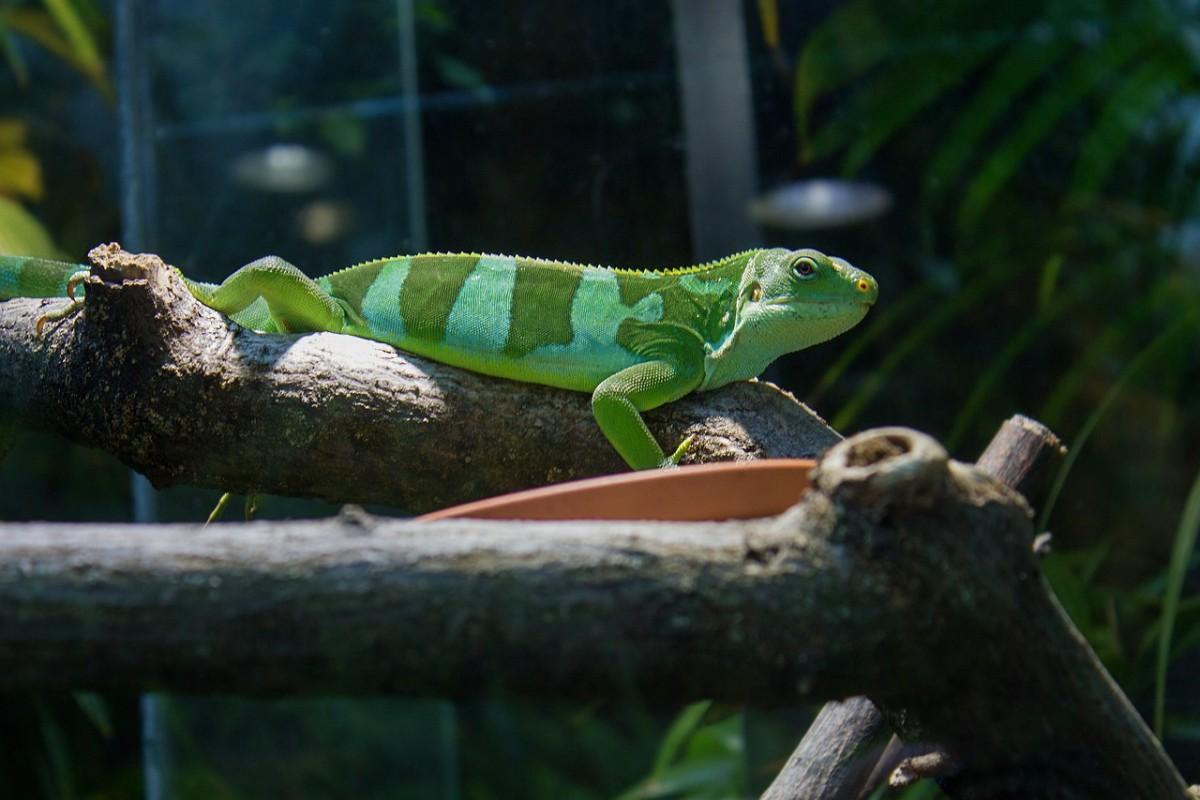
- Name: Central Fijian banded iguana
- Scientific name: Brachylophus bulabula
- Conservation status:
The Central Fijian banded iguana is a species of iguana native to some of the larger islands of the Fiji archipelago and was introduced as a feral species in Vanuatu in the 1960s. It inhabits the wet forest of the island and usually lives for 10 to 15 years, although some captive specimens reach 25 years.
This iguana is herbivorous and feeds on fruits, leaves, and flowers.
2. Flowerpot snake
- Name: Flowerpot snake
- Scientific name: Indotyphlops braminus
- Conservation status:
The flowerpot snake, also known as the brahminy blind snake, is a non-venomous species of snake native to Vanuatu, as well as Africa and Asia. While it is similar to an earthworm in appearance, the resemblance goes further than that: this snake is often confused with earthworms because of its habits!
This snake inhabits agricultural and urban areas, usually in ant and termite nests, but also under logs, stones, and moist leaves.
3. Polynesian rat
- Name: Polynesian rat
- Scientific name: Rattus exulans
- Conservation status:
The Polynesian rat, also known as the little rat or the Pacific rat, is the third most widespread species of rat in the world, after the brown and the black rat. It has been introduced to Vanuatu with the arrival of Europeans on the archipelago, alongside domestic dogs, cattle, and hogs.
This rat is now ubiquitous within its range, which is basically the entirety of southeastern Asia, the northern Oceanian islands, and several of the Polynesian islands such as Vanuatu.
4. Giant African land snail
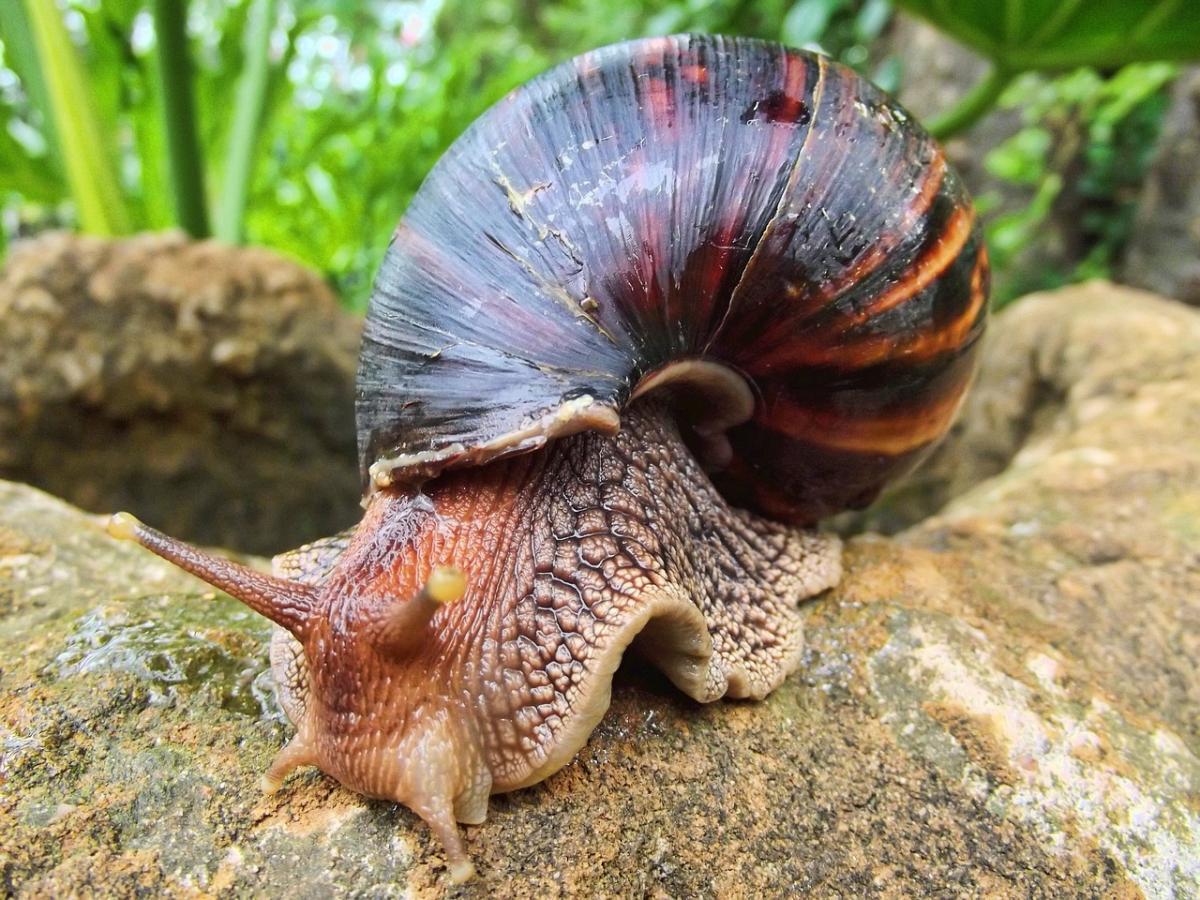
- Name: Giant African land snail
- Scientific name: Lissachatina fulica
- Conservation status:
The giant African land snail is another introduced species in Vanuatu. Although it only arrived during the 1970s, it has already spread from the capital’s region to Luganville, another relatively far Vanuatuan island.
This snail has often been considered a pest within its range, feeding voraciously and transferring a lot of diseases to plants. On a global scale, it is one of the most invasive snail species.
5. Saltwater crocodile
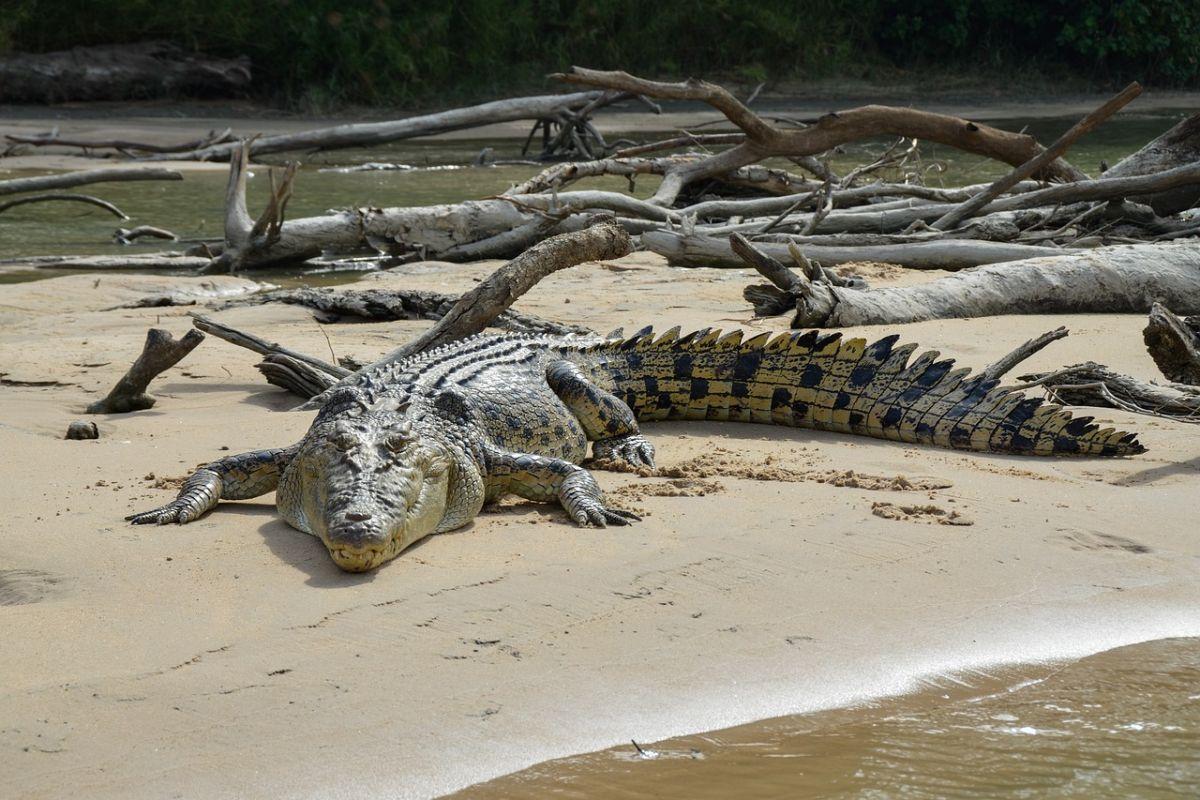
- Name: Saltwater crocodile
- Scientific name: Crocodylus porosus
- Conservation status:
Not much is scarier to encounter in Vanuatu than the almighty saltwater crocodile. Also known as the Indo-Pacific crocodile, the marine crocodile, the sea crocodile, or the estuarine crocodile, it is an extremely powerful apex predator, particularly aggressive and responsible for several human kills.
Don’t worry though, there are only 3 to 4 saltwater crocodiles in Vanuatu’s mangrove swamps, and they most likely came from the somewhat neighboring area of New Guinea and the Solomon Islands.
6. Vanuatu flying fox
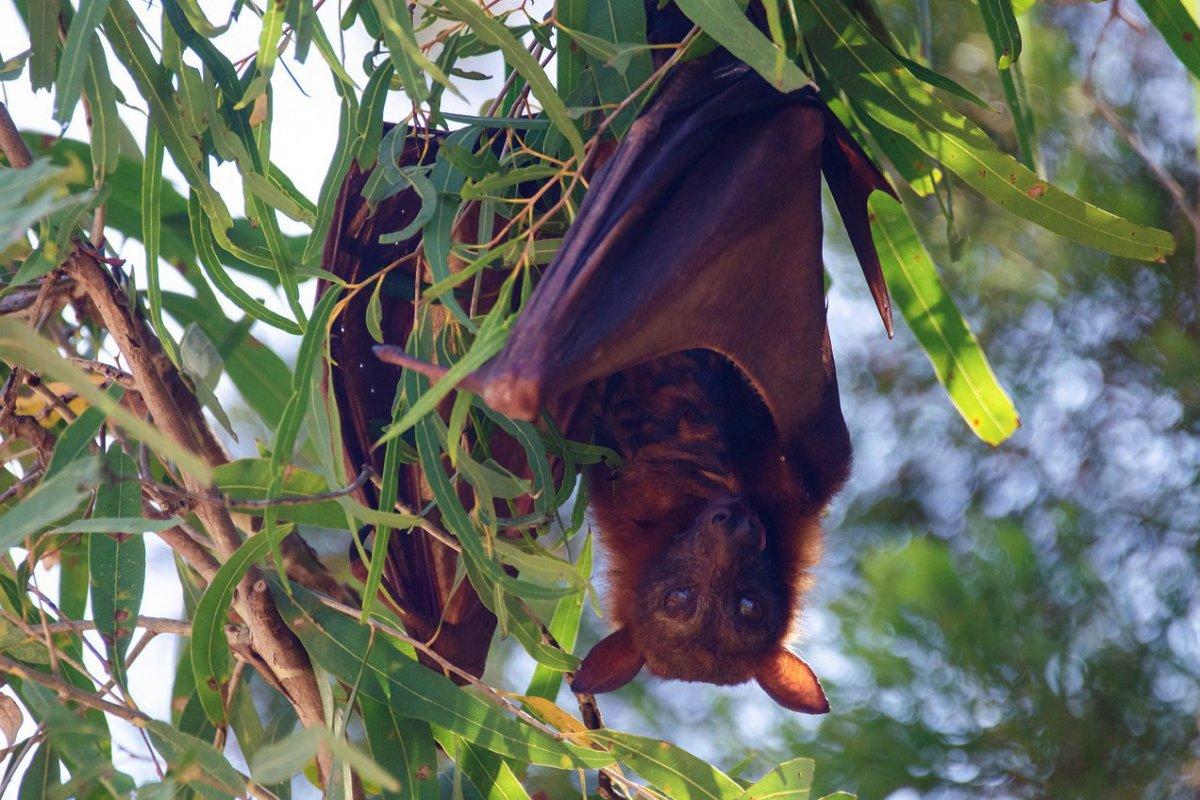
- Name: Vanuatu flying fox
- Scientific name: Pteropus anetianus
- Conservation status:
The Vanuatu flying fox, also known as the white flying fox, is a species of flying fox endemic to the archipelago of Vanuatu. It is closely related to the Samoa flying fox.
This bat plays a particularly important role in Vanuatu, being an important pollinator and a timber and rainforest regenerator. It feeds on nectar and is often called “fruit bat” on the island. More and more governments are starting to realize the importance of flying foxes, and these species are becoming more and more protected.
7. Vanuatu megapode
- Name: Vanuatu megapode
- Scientific name: Megapodius layardi
- Conservation status:
The Vanuatu megapode, also known as the New Hebrides scrubfowl and the Vanuatu scrubfowl, is a large species of bird in the megapode family. As its name suggests, it is endemic to the archipelago of Vanuatu, and just like other Pacific Island birds, it has evolved to become entirely terrestrial and flightless due to the lack of natural terrestrial predators.
This bird can be found in the tropical and subtropical moist lowland forests of the island, and it is threatened by egg collecting and habitat loss.
8. Vanuatu kingfisher
- Name: Vanuatu kingfisher
- Scientific name: Todiramphus farquhari
- Conservation status:
The Vanuatu kingfisher, also known as the chestnut-bellied kingfisher, is a medium-sized species of kingfisher endemic to the islands of Malo, Malakula, and Espiritu Santo in Vanuatu. The majority of its plumage is dark blue, but it has bright orange underparts, a white neck, and a black head.
This kingfisher nests in a hole in a palm tree or tree fern, or excavates a burrow from termite mounds.
9. Dugong

- Name: Dugong
- Scientific name: Dugong dugon
- Conservation status:
The dugong is a large species of marine mammal native to the coastline of the Indo-Pacific: it can be found near 40 territories and countries, including the Vanuatuan waters. It is currently considered vulnerable to extinction due to overhunting for its meat and oil, but traditional hunting is still of particular cultural importance in lots of Pacific islands.
This sirenian is heavily hunted in Vanuatu, although it is taboo in some parts of the archipelago.
10. Striped dolphin
- Name: Striped dolphin
- Scientific name: Stenella coeruleoalba
- Conservation status:
The striped dolphin is a species of dolphin native to all temperate and tropical oceans of the world, except for the southeastern Pacific. It lives in off-shore waters, usually at temperatures between 18 and 22 °C / 64 to 71 °F, although specimens were already sighted at 10 and 26 °C / 50 and 79 °F.
This dolphin feeds on octopus, krill, crustaceans, and fish, and it can dive as deep as 700 m / 2,300 ft below the surface for that.
11. Tanna ground dove
- Name: Tanna ground dove
- Scientific name: Pampusana ferruginea
- Conservation status:
The Tanna ground dove, also known as Forster’s dove of Tanna, is an extinct dove species endemic to the island of Tanna in Vanuatu. The year of extinction is not known, but it probably disappeared at the beginning of the 19th century, most likely due to the introduction of rats.
Female Tanna ground doves used to be mostly rusty brown, gray, and purple, while males were predominantly white.
12. Vanuatu white-eye
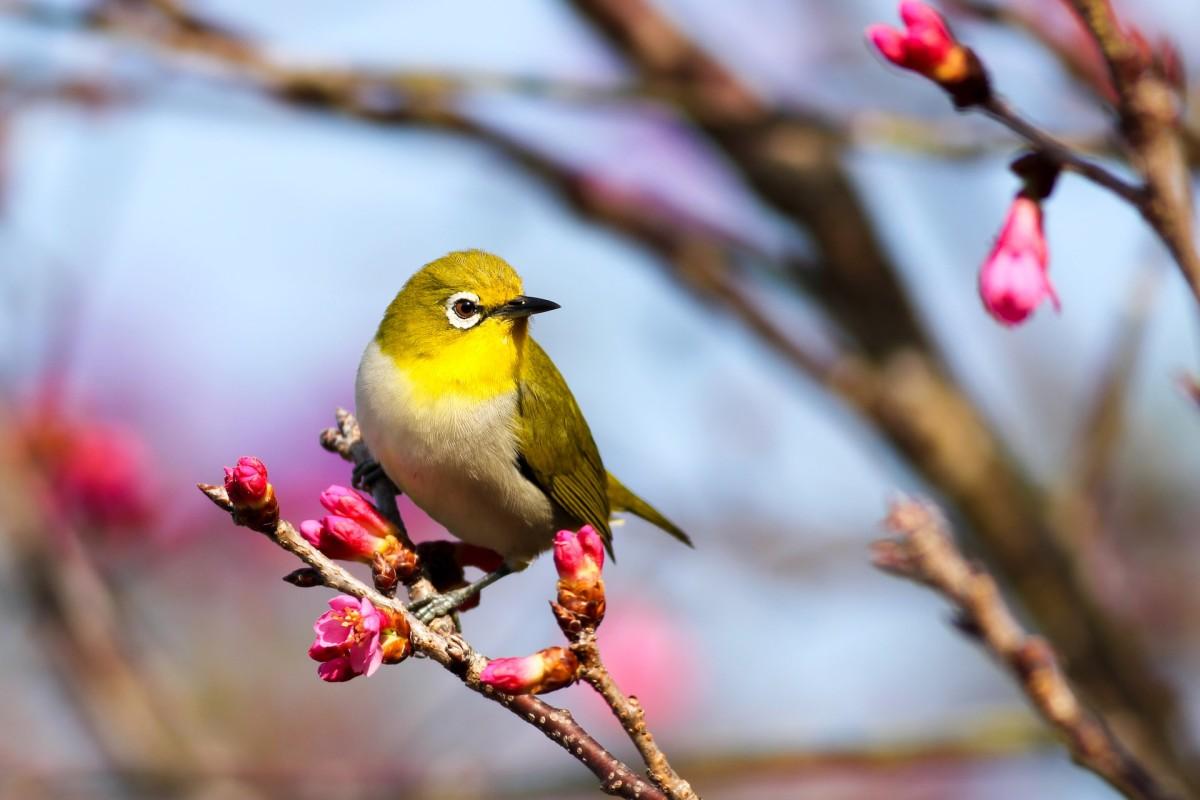
- Name: Vanuatu white-eye
- Scientific name: Zosterops flavifrons
- Conservation status:
The Vanuatu white-eye, also known as the yellow-fronted white-eye, is a small species of passerine bird endemic to Vanuatu. Despite its very restricted range, it is one of the most common birds on the archipelago and is thus listed as least concern.
This bird is about 11 to 12 cm / 4.3 to 4.7 in long, and it has a short, high-pitched call. When it comes to feeding, its diet is pretty varied, as it can eat nectar, fruits, insects, and berries.
13. Humpback whale
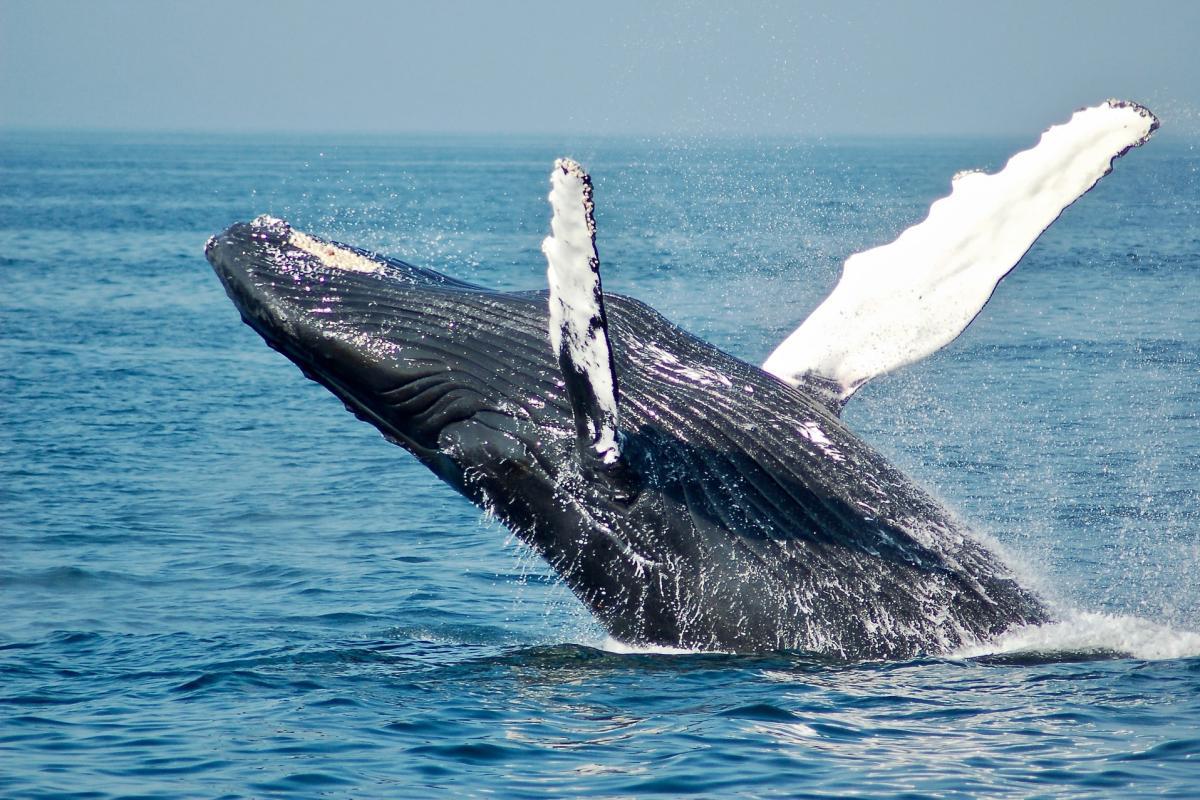
- Name: Humpback whale
- Scientific name: Megaptera novaeangliae
- Conservation status:
If you were ever lucky to see some whales in their natural habitat, it was most likely humpback whales; this species is the most familiar to whale watchers due to its slow swim and unique surface breaching behavior.
This whale is known for being a large-scale migrator, swimming for more than 16,000 km / 9,900 mi in a single year, and going from very cold waters during the feeding season to warm, tropical waters in order to breed.
—
So there you have them, these were my 13 wild animals in Vanuatu. I hope you enjoyed this list and that you learned something new today.
In case you want to learn more about Vanuatu wildlife, feel free to keep reading, as I still have lots of things to tell you about:
Endangered Animals of Vanuatu
This is definitely the saddest part of the list, but it is very important to raise awareness. Because of this, let’s go through the list of endangered animals in Vanuatu.
Here are the animals in danger of extinction in Vanuatu.
- Tanna ground dove
- Beck’s petrel
- Hawksbill sea turtle
- Oceanic whitetip shark
- Giant manta ray
- Polynesian storm-petrel
- Whale shark
- Gray reef shark
- Fiji banded iguana
- and 17 more…
To see the full list of endangered species in Vanuatu, head over to the International Union for Conservation of Nature’s Red List.
What is the National Animal of Vanuatu?
The national animal of Vanuatu is the iguana.
The iguana is a species of herbivorous lizard native to the tropical areas of Central and South America and introduced to many other countries, including Vanuatu.
It lives in the wet areas of Vanuatu, likes humid weather, and can survive for up to 20 years.
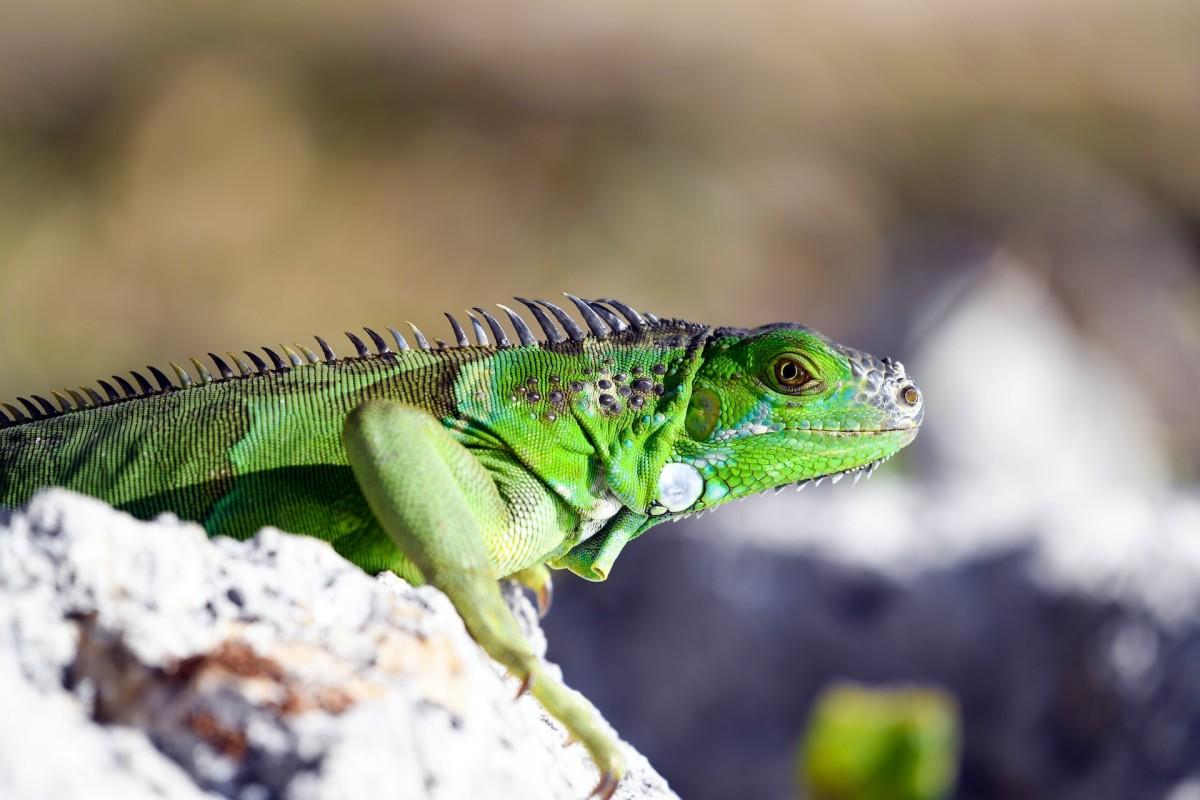
How Many Animals Native to Vanuatu?
What is the diversity of native animals in Vanuatu?
Let’s look at the total number of species of Chordata (mammals, birds, fishes, and reptiles).
Total number of animal species in Vanuatu: 1,673 (9,917 in total in Oceania)
More About Animals in the World!
Loved these Vanuatu animal facts? Want to see what animals live in other countries?
Then check out these posts:
Or click here to see ALL the facts up on the blog! Spoiler alert: there’s A LOT of them.
Share the knowledge! Click on the buttons below to share information about these native animals of Vanuatu with your friends, and help them learn more about the world 🙂
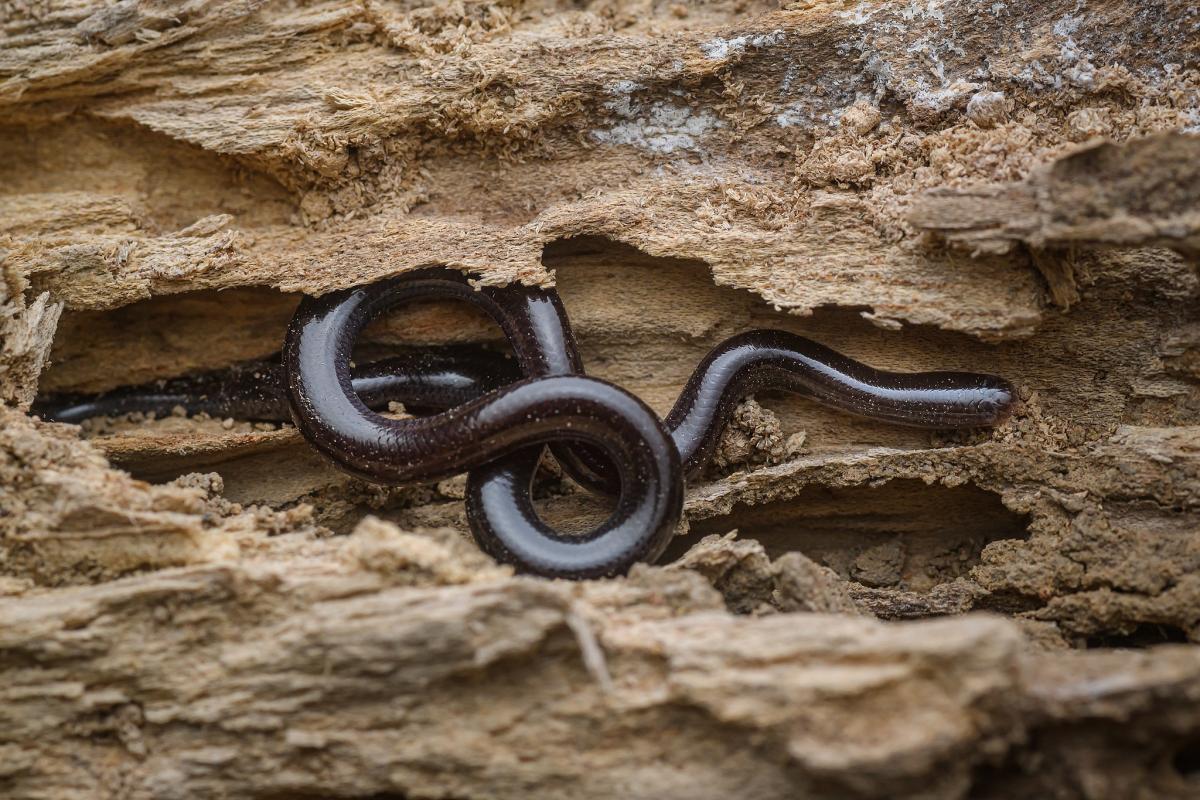
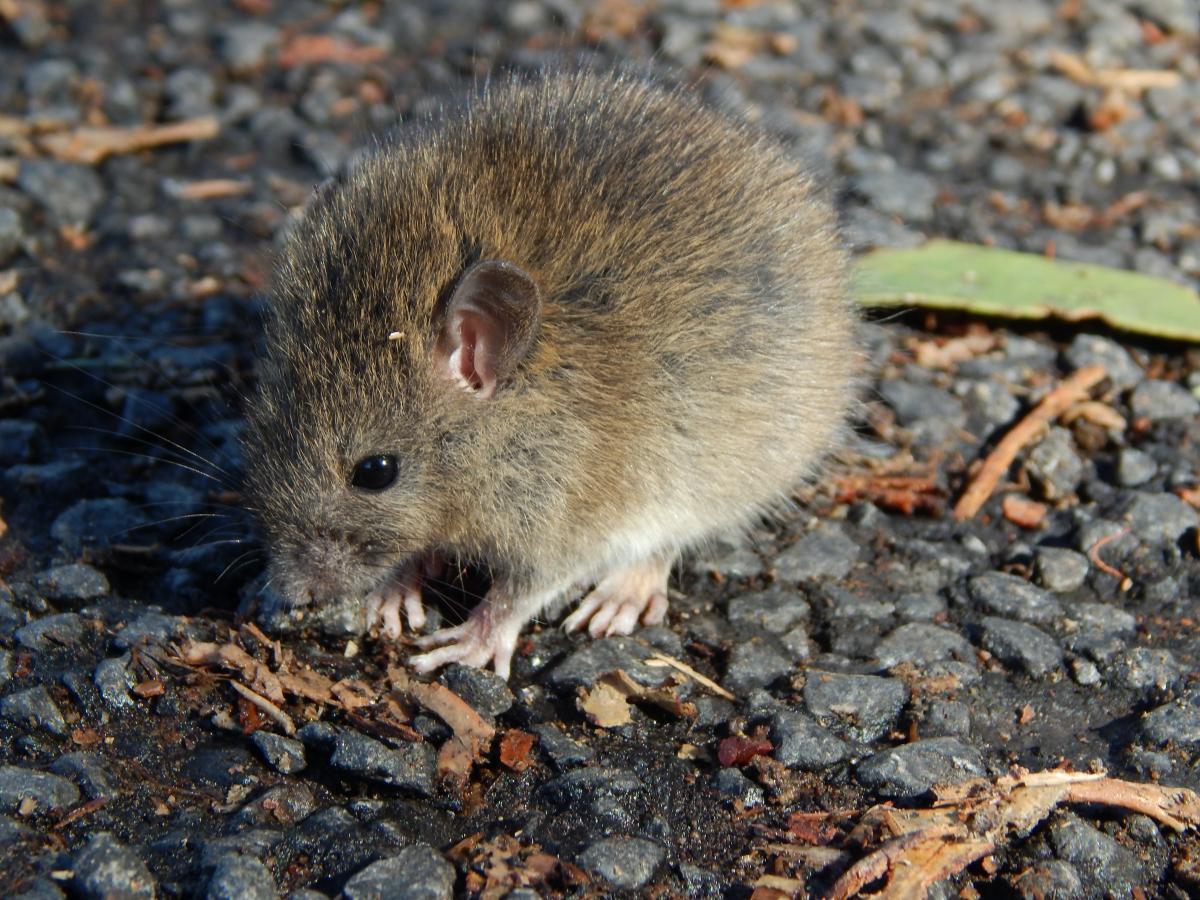
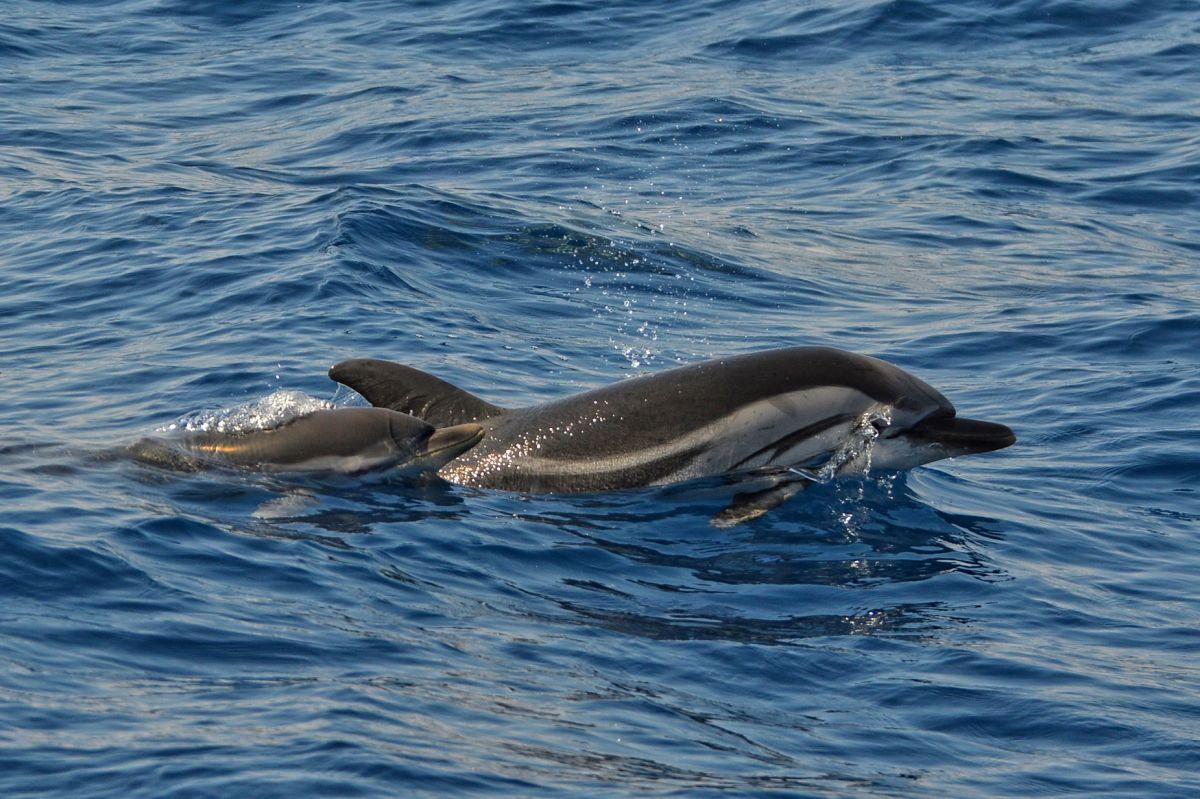

![21 Wild Animals in Chile [Wildlife in Chile]](https://www.kevmrc.com/wp-content/uploads/2022/06/21-wild-animals-in-chile.jpg)
![24 Wild Animals in Greece [Wildlife in Greece]](https://www.kevmrc.com/wp-content/uploads/2022/06/24-wild-animals-in-greece.jpg)
![15 Wild Animals in Iraq [Wildlife in Iraq]](https://www.kevmrc.com/wp-content/uploads/2022/06/15-wild-animals-in-iraq.jpg)